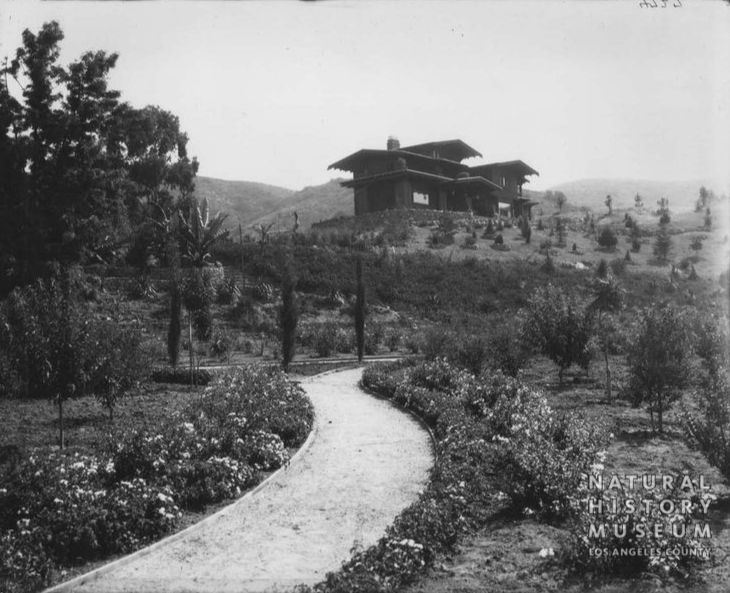Yamashiro’s Historic Past
- Sep 1, 2022
- 2 min read
Updated: Sep 19, 2022
One of Hollywood’s oldest landmarks, Yamashiro is a work of art.

In 1911, German-born brothers Adolph and Eugene Bernheimer purchased seven hilltop acres from H.J. Whitley on the promise of building an exotic home. Three years (and hundreds of craftsmen from Japan) later, they completed their very own replica of a 17th-century temple located in Yamashiro, a mountainous region near Kyoto.

Throughout the 10-room teak and cedar mansion, the Bernheimers showcased their priceless collection of jades, tapestries, bronze dragons, and hand-carved furniture. Overhead, the rafters were hand-carved and lacquered in gold.
Off the two-story villa, there were two wings with living quarters, one for each brother. Adolph’s was done in red silk.
The sacred inner court was a gallery for sculptured plants.

Outside, nature’s finest art was on display: 30,000 varieties of imported trees, plants and flowers, waterfalls, ponds stocked with hundreds of goldfish, rare black swans, even a private zoo with exotic birds and monkeys.

Located 300 steps up from Sycamore Avenue, weary pedestrians could rest at a pagoda stationed at every landing along the way.
The garden featured a miniature Japanese village with toy-sized bronze boats floating along tiny canals and its centerpiece was a 600-year-old pagoda imported from Kyoto.

During World War I, the German brothers were accused of committing espionage from inside their Japanese estate. Although proven innocent, they sold Yamashiro in 1924 after only a decade. Adolph moved to the Pacific Palisades, where he rebuilt his dream: Bernheimer Oriental Gardens.

For a fleeting moment it was the headquarters of the exclusive 400 Club for motion picture industry elite. Later, as the Hollywood Japanese Gardens, visitors could tour “The Show-Place of California” for 25 cents.
In 1940, amid anti-Japanese sentiment, it was renamed Hollywood Scenic Gardens, although that didn’t stop vandals. Following Pearl Harbor, it was rumored to be a signal tower for the enemy—and the owner, who divided the house into apartments, plastered over the interior Asian architecture.

Post-war development threatened the property, which briefly served as a military school. In 1948, Thomas Glover purchased it with the intent to demolish everything … until he pulled back the drywall and discovered a buried treasure of ornate woodwork and silk wallpaper.
Glover renovated and rebranded as the Hollywood Hill Club, a cocktail lounge that served 35-cent drinks and a priceless view. Hors d’oeuvres were eventually added to the menu, and in 1962 it became Yamashiro Skyroom, an Asian-fusion restaurant, which it remains to this day.
The garden is just as charming as it was a century ago and includes the Pagoda Bar. Its featured namesake, now 700 years old, is the oldest structure in California—proof that art is indeed longer than life.

















Comments